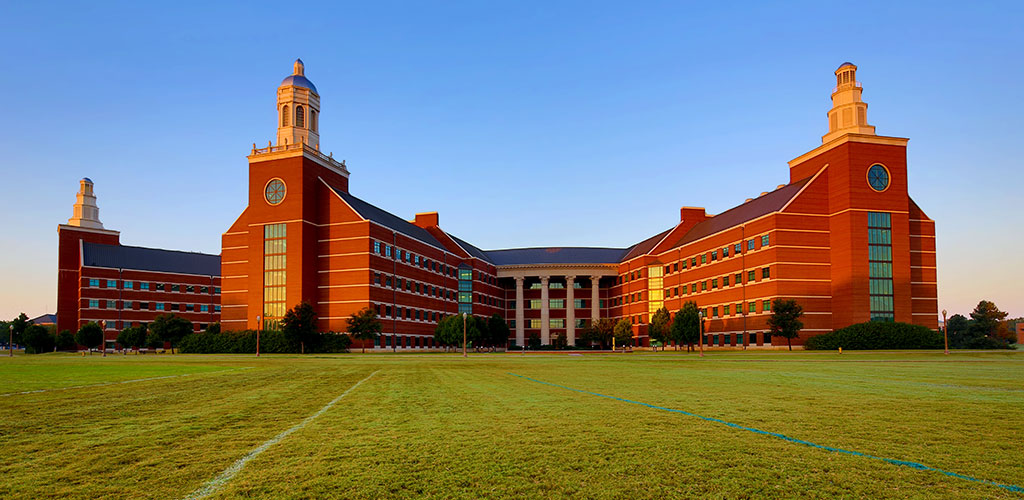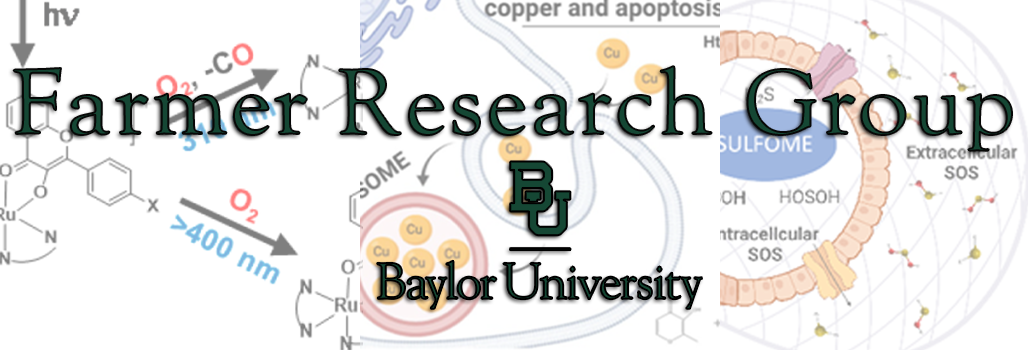About Us

Nature is an amazing chemist that is constantly synthesizing and transforming the world around us. Much of this work is done by enzymes, amazing little catalysts made of protein, just like you and me. Unlike industrial catalysts, enzymes work in water at mild temperatures and pressures. In many cases, enzymes with very similar active sites perform very different functions-- for example, identical Fe-heme cofactors bind and transport oxygen in hemoglobin and myoglobin, reduce oxygen in the cytochromes P450s and cytochrome oxidase, or nitrogen oxides in the nitrite and nitric oxide reductases. The substrate specificities and reactivity of the heme in the various enzymes is controlled by the protein environment around it, and small changes can have large effects. Likewise, the flow of electrons to a redox-active heme is also largely controled by the protein matrix it is contained in. Nature has amazing control over these electron transfers; redox sites are typically oriented so as to "aim" the electron towards its acceptor site, and triggering the flow to a specific chemical event.
Like nature, we try to use a controlled flow of electrons to initiate redox catalysis in hybrid heme enzymes. By varying the structures and environments of the hemes, we hope to make unique catalysts for different reactivities. These tailor-made enzymes are intended to perform useful chemical transformations driven simply by electricity or light. For example, by affixing the oxygen-binding protein myoglobin to an electrode we can make it catalyze the multi-electron reduction of nitrite to ammonia, a reaction that is important in plant metabolism. Using a P450, we can reduce carbon tetrachloride to methane, and amazing eight electron reduction that detoxifies this potent halocarbon. Binding photo-active Ru complexes to the surface of a protein allows us to photo-initiate electron flow into the heme active-site, and to control the reactions that occur there on the time-scale of a laser-pulse.
We are also interested in the redox chemistry of melanin, the black pigment in hair and skin. Melanins are catecholic pigments formed in melanocytes by oxidative polymerization of tyrosine. Melanins have very interesting photochemical properties; they are redox-active and tight binders of metal ions. Our recent work shows that they both mediate and generate reduced oxygen species. We are exploring the unique chemistry of melanins as a means of targeting melanoma, a cancer of the cells that make melanin.
Contact Information
Dr. Patrick J. Farmer
One Bear Place #97348
Waco, TX. 76798
(254) 710-2746
Patrick_Farmer@baylor.edu
Office: BSB D208.1
Lab Phone Number:
(254) 710-2387



